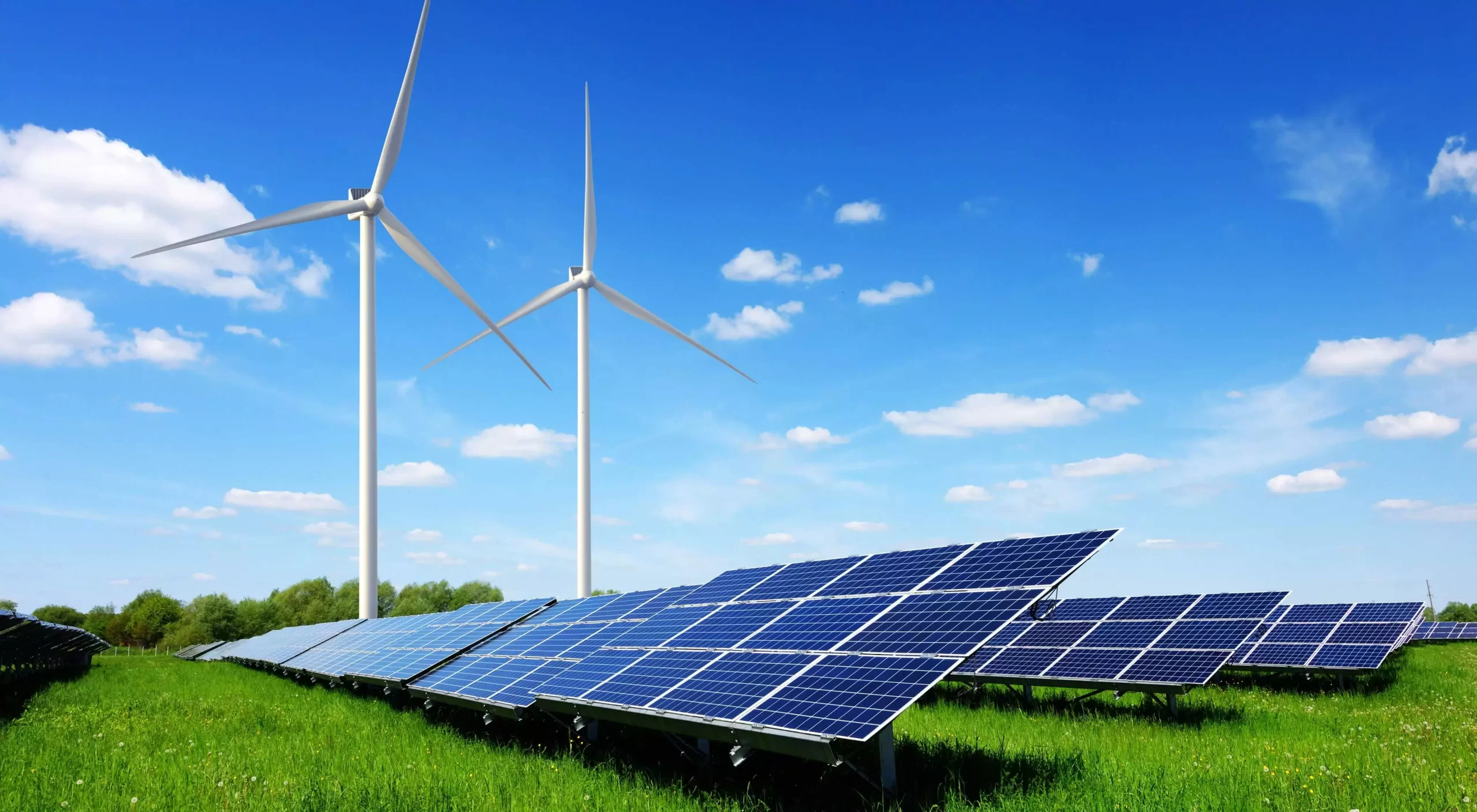The world is rapidly evolving, and as we grapple with sustainability issues and energy challenges, the concept of self-reliance becomes ever more critical. From the DIY enthusiasts to professional builders, many of us are looking for ways to not just save on electricity bills but also to contribute to a greener planet. I’ve been down this road myself, and during my exploration, I came across a remarkable guide that reveals how to create a DIY generator at home. Wondering if is power efficiency guide legitimate? You’d be surprised by the immense value and actionable steps provided.

Content
The Building Blocks of a DIY Generator
Understanding the components and the core idea behind a generator is essential. Essentially, a generator converts mechanical energy into electric energy. This is achieved through the motion of a coil or a magnet, invoking Faraday’s Law of electromagnetic induction. But there are nuances to keep in mind.
- Choose the Right Motor: This is the heart of your generator. It’s what provides the mechanical energy that will be converted into electric power. Make sure to get one that’s efficient and suitable for the size of the generator you’re aiming to build.
- Consider the Load: This refers to the electrical devices that the generator will power. You need to account for the total wattage of these devices when planning your generator.
Optimizing for Maximum Efficiency
To get the most out of your DIY generator, follow these steps:
- Tune-up Regularly: Just like any machinery, your generator will require periodic maintenance. Check for worn-out parts and replace them. Clean any dirt, debris, or obstructions that might hinder performance.
- Protect from External Elements: Water, dirt, and other external factors can diminish the efficiency of your generator. Invest in a protective enclosure or at least make sure it’s kept in a dry, clean place.
- Battery Storage: Storing excess power in batteries allows for uninterrupted power, especially during periods when your generator isn’t running. Using efficient and long-lasting batteries can ensure a steady power supply.
Avoid Common Mistakes
While creating your generator, be wary of common pitfalls. For instance, according to 6 mistakes to avoid when implementing a solar power system, incorrect alignment and poor maintenance are major culprits that reduce efficiency. Similarly, with a DIY generator, improper assembly and using subpar materials can jeopardize your efforts.
The Future of Home Power Solutions
We’re living in an era where technology and innovation are reshaping our energy landscape. From solar panels to DIY generators, the tools and resources available today are leaps and bounds ahead of what existed a few decades ago. For those willing to embrace these solutions, not only can significant savings be achieved, but they also get to participate in a larger movement towards sustainable living.
I’ve been encouraged by 5 business ideas revolutionizing sustainable energy that underscore the paradigm shift in our approach to power. And as someone who’s been part of the machinery world for a long time, I can tell you that the solutions we seek are more within our grasp than ever before.
Closing Thoughts
Building a DIY generator is an empowering experience. It’s not just about saving money, although that’s a great perk. It’s about understanding the essence of power, the principles that drive our electrical devices, and the possibilities that lie in repurposing and innovating. If you’re on the fence about starting, take a look at the guide I mentioned earlier. It could be the nudge you need to start your journey towards self-reliance and sustainability.
Harnessing Renewable Energy Sources
While DIY generators predominantly harness mechanical energy, the advent of renewable energy sources presents new possibilities. Solar panels, for instance, have become increasingly affordable and accessible. By combining solar energy with your DIY generator, you can create a hybrid system that ensures you always have power. When sunlight is plentiful, the solar cells can provide electricity and even store excess energy. On the other hand, during cloudy days or nighttime, your generator can kick in to fill the gaps. This duality not only maximizes efficiency but also provides a consistent power supply.
Safety First: Protecting Yourself and Your Investments
Whenever you’re dealing with electrical projects, safety should always be a top priority. First and foremost, always make sure to disconnect any power sources when working on your generator. Wear protective gloves and eyewear to shield yourself from sparks and other potential hazards. Furthermore, while DIY projects can be fulfilling, it’s essential to recognize when you’re out of your depth. If there’s a part of the assembly or maintenance process that you’re unsure about, don’t hesitate to consult with professionals or more experienced DIY enthusiasts. Lastly, consider investing in a quality surge protector. This will protect your connected devices from potential power surges and give you peace of mind.
The Environmental Impact and Beyond
Beyond the immediate benefits of reduced electricity bills and self-reliance, there’s a broader, global perspective to consider. By opting for DIY solutions and renewable energy sources, you’re actively reducing your carbon footprint. Traditional power plants, especially those that rely on fossil fuels, release significant amounts of carbon dioxide and other greenhouse gases. These contribute to global warming and the myriad environmental challenges we face today. By taking matters into your own hands, you’re not only safeguarding your future but also playing a part in the global movement towards a more sustainable planet. It’s a testament to how individual actions, when multiplied across many individuals, can create significant positive change.

Melissa Day is a dedicated home blogger who has been blogging for over six years. She covers everything home related. Melissa also loves writing posts about her travels to Europe with her husband and two children.












